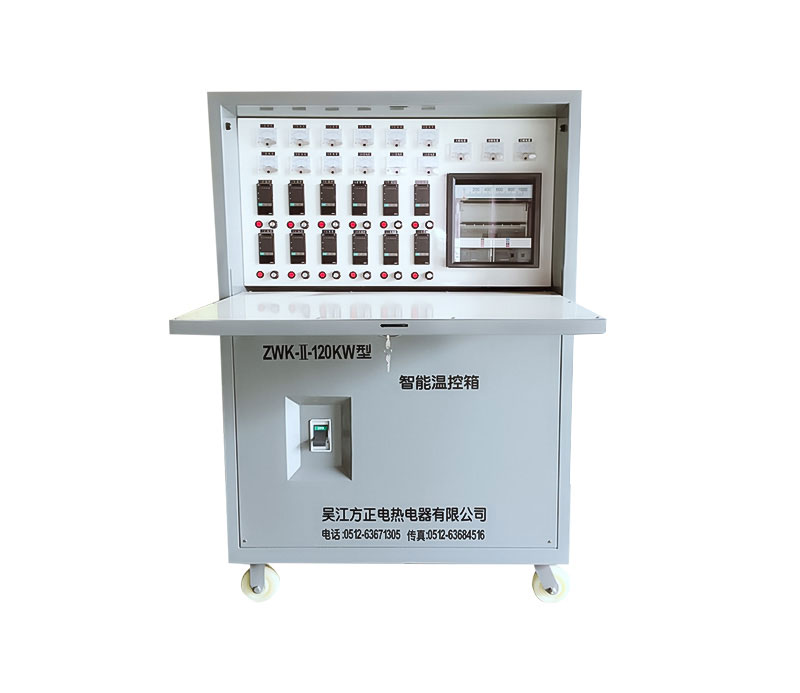National hotline
+8615995577609
It is important to understand the process of preheating […]
It is important to understand the process of preheating steel before welding. Generally, there are two main reasons for heat treatment before welding.
First, it raises the temperature of the target material, which leads to a controlled (slower) cooling rate of the target material and the weld. If the weld cools too quickly, thicker areas (usually 1/2 inch or larger) and high-strength low-alloy steel (HSLA) tend to form a weakened crystal microstructure. These weakened crystal microstructures are called martensite. Martensite is the crystal structure of steel that is critical to the hardness and strength of steel. Too much martensite will make the steel brittle; too little will make it soft.
During welding, martensite will form in the newly deposited weld metal, base target or
HAZ (Heat Affected Zone). Applying a proper amount of preheat before welding will help prevent the formation of martensite. The preheating temperature and holding time depend on the type, thickness, grade and carbon equivalent of the target material. There is sufficient temperature and time preheating information on the Internet and industry associations. You should refer to this information before welding.
Heating before welding
Ceramic pad heaters are used to preheat the tube reels.
Secondly, preheating can also eliminate condensation (moisture) before the welding process. The presence of moisture is problematic because the water undergoes a phase change (from liquid to gaseous) during the welding process. This phase change will release traces of hydrogen, and the lingering hydrogen will be absorbed into the weld. When hydrogen molecules are trapped in the newly welded metal, they affect the grain boundaries of the metal and bring a higher risk of welding failure. Therefore, it is strongly recommended to remove moisture before welding.
Preheat the target material uniformly before welding, and then insulate the target area after welding, which can provide a sufficient cooling rate to allow hydrogen to diffuse out of the welded joint, thereby preventing hydrogen from cracking.

If you have any questions, please contact us immediately and we will answer them patiently.